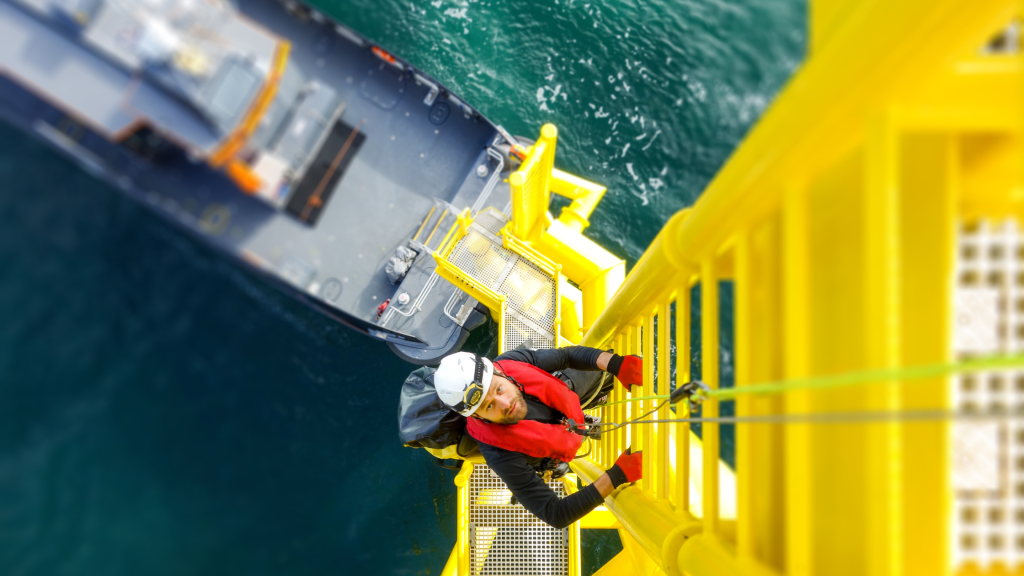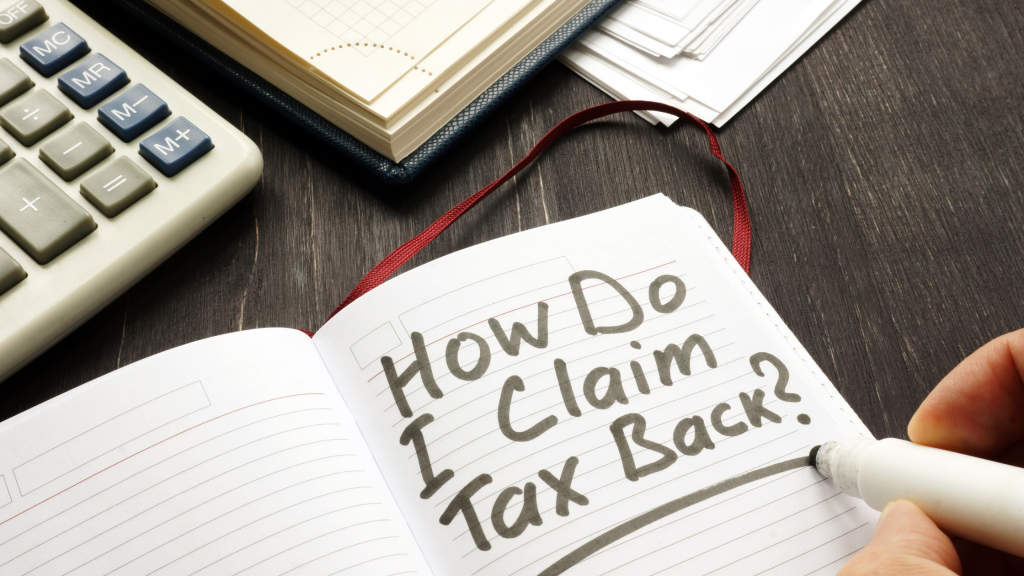In this handy seafarer tax relief guide, we’ll walk you through what the SED scheme is; who qualifies; key rules to be aware of; and how to file your seafarer tax return. Whether you’re a cruise ship worker, part of a commercial vessel crew, or even a deep-sea engineer, this guide will help you navigate the murky waters of seafarer tax UK law. So let’s dive straight in!
You can also contact our tax expert team to answer any questions about seafarer tax relief.
What Is Seafarers Earnings Deduction?
Seafarers Earnings Deduction (or SED) is a form of tax relief offered by HMRC to qualifying UK seafarers. Essentially, it allows eligible individuals to claim back 100% of their income earned while working at sea, provided certain conditions are met. For those who qualify, this can represent a substantial—and often overlooked—financial advantage worth exploring.This means if you spend the majority of your working year offshore and outside UK territorial waters, the income earned during that period could be completely tax-free. It’s one of the most generous tax relief schemes available from HMRC, and yet many seafarers still miss out, either through lack of awareness or because the eligibility rules are not clearly understood.
Who Qualifies for Seafarers Earnings Deduction?
Not all offshore workers qualify for SED, so it’s important to check that you meet HMRC’s criteria. Here’s a simplified breakdown of the key requirements:- You must be employed (not self-employed) and work on a ship
- Your duties must take place wholly or partly outside UK territorial waters
- You must be resident in the UK, or resident for tax purposes in an EU/EEA state
- You must have completed a qualifying period of at least 365 days, which includes working abroad and being out of the UK for long enough between voyages
- You must not break the qualifying period by spending too many days in the UK.
In short, if you’re working on a cruise liner or container ship (and are not just moored at a UK port), there’s a good chance you may qualify. Your work does not have to be directly related to seafaring. You could for example be an entertainer, cook, or maintenance worker. However, to avoid accidentally steering off course, it’s wise to get professional help—especially when calculating your qualifying period outside the UK and accurately completing your tax return.

Frequently Asked Questions About Seafarers Earnings Deduction (SED)
What counts as a “ship” for the purposes of SED?
A ship must be capable of navigation and operating at sea. Offshore installations like oil rigs, fixed platforms, and mobile drilling units usually don’t count as ships—so it’s worth checking.
What happens if I break the SED qualifying period?
If the qualifying 365 period is broken, you’ll need to start a new 365-day period. It’s critical to track your days ashore and understand how they impact your eligibility.
Does time spent in dry dock or shipyard maintenance affect my SED claim?
It can. Long periods ashore for refitting or between contracts could break your qualifying period, so it’s important to keep detailed records of your overall pattern of voyages.
Is seafarers earnings deduction (SED) automatic?
No. HMRC won’t automatically apply seafarer tax relief, even if you meet the eligibility criteria—you have to claim it through your self-assessment tax return.
Can I claim SED for previous tax years?
Yes. You can usually backdate SED claims for up to four tax years, so even if you’ve only just discovered this scheme, you may be due a substantial refund.
How to Complete a Seafarer Tax Return
Claiming SED involves submitting a self-assessment tax return with HMRC, together with specific documentation in support of your claim. Here’s what you’ll need:
- 1. HMRC Online Account or UTR Number: Register for self-assessment
- 2. Details of Your Employment and Earnings: Including payslips or P60s
- 3. A Travel Calendar: Record all dates you were on and off the ship
4. SED Working Sheet (Form HS205): This helps calculate your qualifying period.

You’ll need to complete your self-assessment, typically by 31 January following the end of the relevant tax year. While the process may seem plain sailing at first, it can quickly become more complicated if HMRC raises a query or requests additional evidence. That’s why having expert support on hand can be key to ensuring your claim is accurate, compliant, and stress-free.
How Swift Refunds Can Help With Seafarer Tax Relief Claims
Claiming tax relief—particularly for seafarers earnings deductions—isn’t always straightforward. There are strict conditions, confusing qualifying rules, and plenty of potential for human error. That’s where Swift Refunds comes in. We specialise in helping UK seafarers claim the tax relief they’re entitled to. With our expert team and streamlined service:- • We check your eligibility in minutes
- • There are no complicated forms
- • We offer the Swift 100% guarantee: If HMRC disputes your claim (and you’ve provided us with accurate information), we’ll cover the cost.
Is Seafarers Earnings Deduction Worth Claiming?
Seafarers Earnings Deduction is more than just a tax break—it can have a significant impact on your take-home pay. If you spend significant time working away at sea, you could be eligible to reclaim thousands of pounds in tax each year. And if you’ve never claimed before, there’s good news: you may be able to backdate your claim across multiple tax years.Many offshore workers miss out due to unclear eligibility rules—but that doesn’t have to be you. With Swift Refunds on your side, there’s no need to navigate the process alone. We’ll handle the paperwork, ensure your claim is fully compliant, and help you get what you’re owed.
Need help with seafarers earnings deductions? Get in touch with our expert team today. We’ll help ensure your claim is accurate, compliant with HMRC rules, and processed without hassle. Because when you’re working hard at sea, tax claims shouldn’t feel like a second job.




